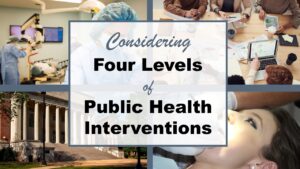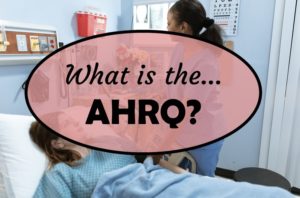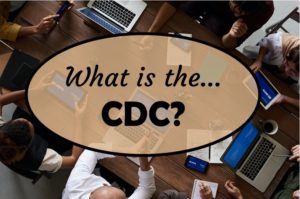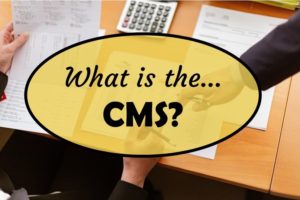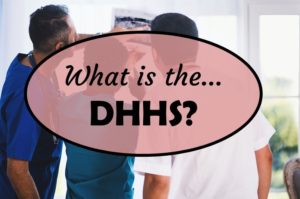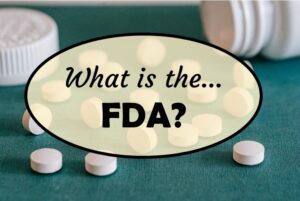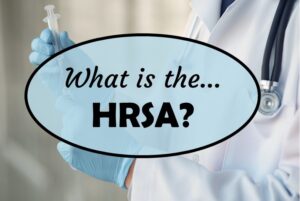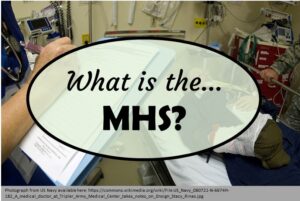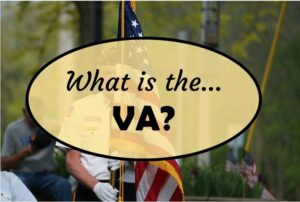Four levels of intervention was a framework taught to me when I studied public health at the University of Minnesota, but since then, I have not heard much about it. I find this is a useful, practical framework to use to help guide thinking about how to address public health problems. Depending upon the problem, you may need to use all four levels of intervention in order to address them.
I used to teach a course in the US healthcare system at a nursing college, and in that course, I taught my students about the four levels of intervention, because I think nurse practitioners and other nursing leaders can use this simple framework when thinking about developing effective public health and healthcare programs. But I didn’t do a very good job of teaching it, because the students had a lot of trouble applying it. Therefore, I made this video to help them understand it.
Four Levels of Intervention: Applying to Real World Problems
In the video, I describe the four levels of intervention: Policy-level, community-level, healthcare-level, and individual-level. I also apply this thinking to interventions aimed at addressing substance use and mental health disorders in the community.
I feel like we need to be applying this framework more, especially with respect to COVID-19, as the pandemic continues to drag on. It is worse in some places than others, and this framework is best if applied locally. In fact, I will apply it here to two different US geographic regions: New England (where I am), and East South Central (Alabama, Mississippi, Tennessee, and Kentucky).
What I’m putting here is not some evidence-based research. These are just the ideas off the top of my head to demonstrate how a person might begin to think of setting up a four-level public health intervention program. Something like this table would normally start in a committee of people – not just a person writing a blog post. This is just my “tabletop exercise” at what I’d propose if I were on that committee:
Level of Intervention
New England
East South Central
Policy
- Convert the local healthcare system to public to preserve access and improve state finances, and connect it directly with the public health infrastructure
- Empower providers at the policy level (occupational safety, scope of practice, licensure)
- Implement strong oversight of police intimidation of communities, including screening for White nationalism
- Implement oversight of local healthcare for anti-racism policy reform, including screening for White nationalism
- Set up program to identify high-risk individuals and ensure their protection (vaccination, isolation)
- Create a seamless mental healthcare system
- Subsidize healthcare system to keep it open
- Implement strong oversight to reduce racism and fraud in healthcare
- Improve the strength of the public health network for delivery of COVID-19 vaccine
- Implement strong oversight of police intimidation of communities, including screening for White nationalism
- Implement policies and programs to prevent recruitment of children into White nationalism
- Expand healthcare access through Medicaid expansion
- Shore up mental healthcare system
Community Level
- Provide education on COVID-19 today: Who should be vaccinated, prevention strategies, coping with chronic illness
- Implement programs in schools helping children get vaccinated
- Implement programs in schools to prevent White nationalism recruitment
- Offer programs to adults wanting to leave White nationalism
- Provide COVID-19 vaccination education to improve uptake
- Provide education about who should isolate, and level of risk in the community
- Implement programs in schools helping children and families get vaccinated
- Implement programs in schools to prevent White nationalism recruitment
- Offer programs to adults wanting to leave White nationalism
Level of Intervention
New England
East South Central
Healthcare Level
- Invest in local healthcare workforce to cure them of burnout, moral injury and help them thrive
- Develop long COVID protocols
- Implement anti-racism local healthcare policy reform, including screening for White nationalism
- Improve mental health screening and services delivery
- Invest in local healthcare workforce to cure them of burnout, moral injury and help them thrive
- Develop long COVID protocols
- Activate all healthcare entities to go into the community to do vaccinations
- Implement anti-racism local healthcare policy reform, including screening for White nationalism
- Improve mental health screening and services delivery
Individual
- Ensure all patients are vaccinated, or if they cannot get vaccinated, they are following prevention protocols
- Implement screening for mental health needs and White nationalism recruitment
- Support care for long COVID symptoms in patients
- Ensure all patients are vaccinated, or if they cannot get vaccinated, they are following prevention protocols
- Implement screening for mental health needs and White nationalism recruitment
- Support care for long COVID symptoms in patients
Applying Four Levels of Intervention Framework to Current COVID-19 Pandemic: New England vs. East South Central
This is my quick-and-dirty summary of the different things we could do at the different levels at this point in the epidemic for these different regions. It reflects:
- Differences in the levels of paternalism that is acceptable in each region. New England will put up with a lot more policy than East South Central.
- Differences in the damage done to the healthcare system in the different regions, and what probably is needed to repair it. In New England, it makes more sense for healthcare to be a public good since it already almost is, while in East South Central, it is too unregulated, and requires a crackdown in oversight. Also, East South Central has a mental health system it can shore up, but in Massachusetts, we really don’t have much in the way of facilities. We need to actually create a system.
- Differences in the way racism degrades health and healthcare between the regions, and complicated pandemic response. Racism has impacted healthcare providers tremendously through this pandemic. White nationalism recruitment is a bigger problem in East South Central than New England, where it is predominantly an issue among youth. Also, police reform is needed in both areas (more in East South Central). Without the community being able to respect the police, public health can’t keep the community healthy, and right now, the police are seen as aligned with White nationalists and are not being accepted by many communities. I’m really baffled why White nationalism screening is not going on at all levels in the way Drug War screening went on in the 1990s, and the way they do terrorism screening if you want to work for the US government.
- Differences in the ability of the public health infrastructure to meet the community’s needs for ongoing pandemic response. In New England, it is more about figuring out who is “left” to be vaccinated (especially children) and serving them, as well as helping people who negatively impacted by the pandemic (e.g., had family member die, got long COVID). Also, in New England, public health and healthcare.
Updated April 20, 2022. Added banners March 11, 2023. Revised banners June 17, 2023.
Read all the public health alphabet soup posts, and learn about the public health landscape!
Four levels of intervention is a framework we use in public health to think about how to attack a problem. I explain it and give a few examples of application in my blog post (along with a video).




